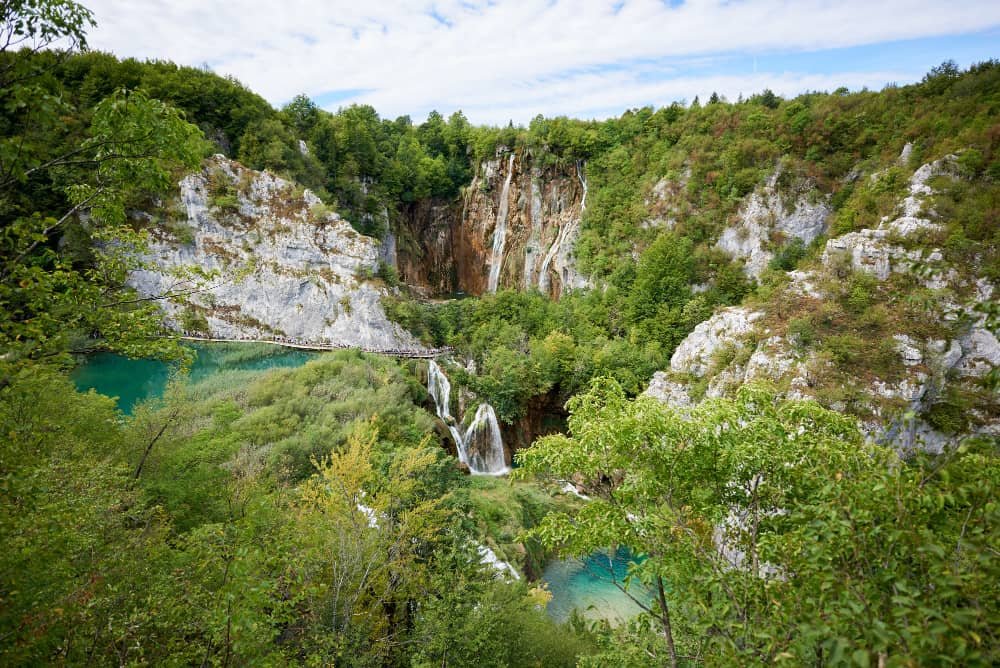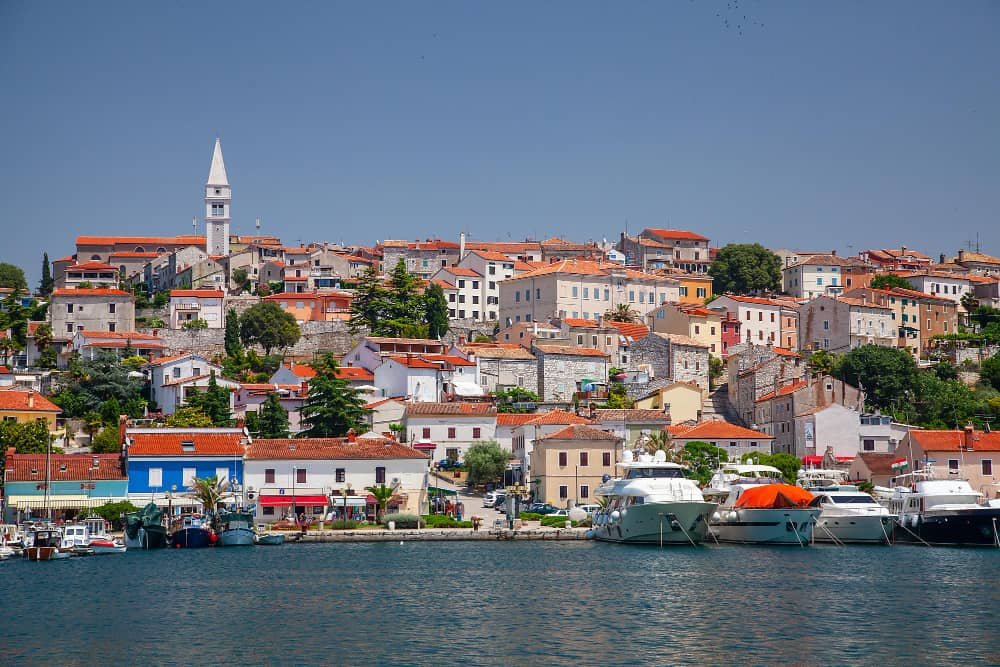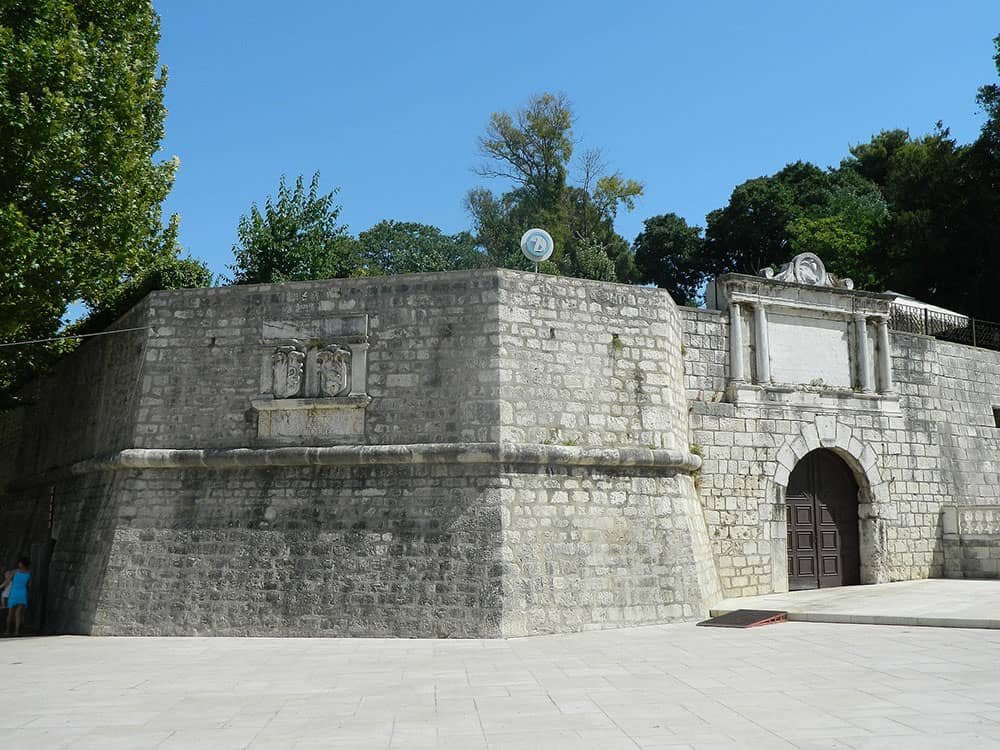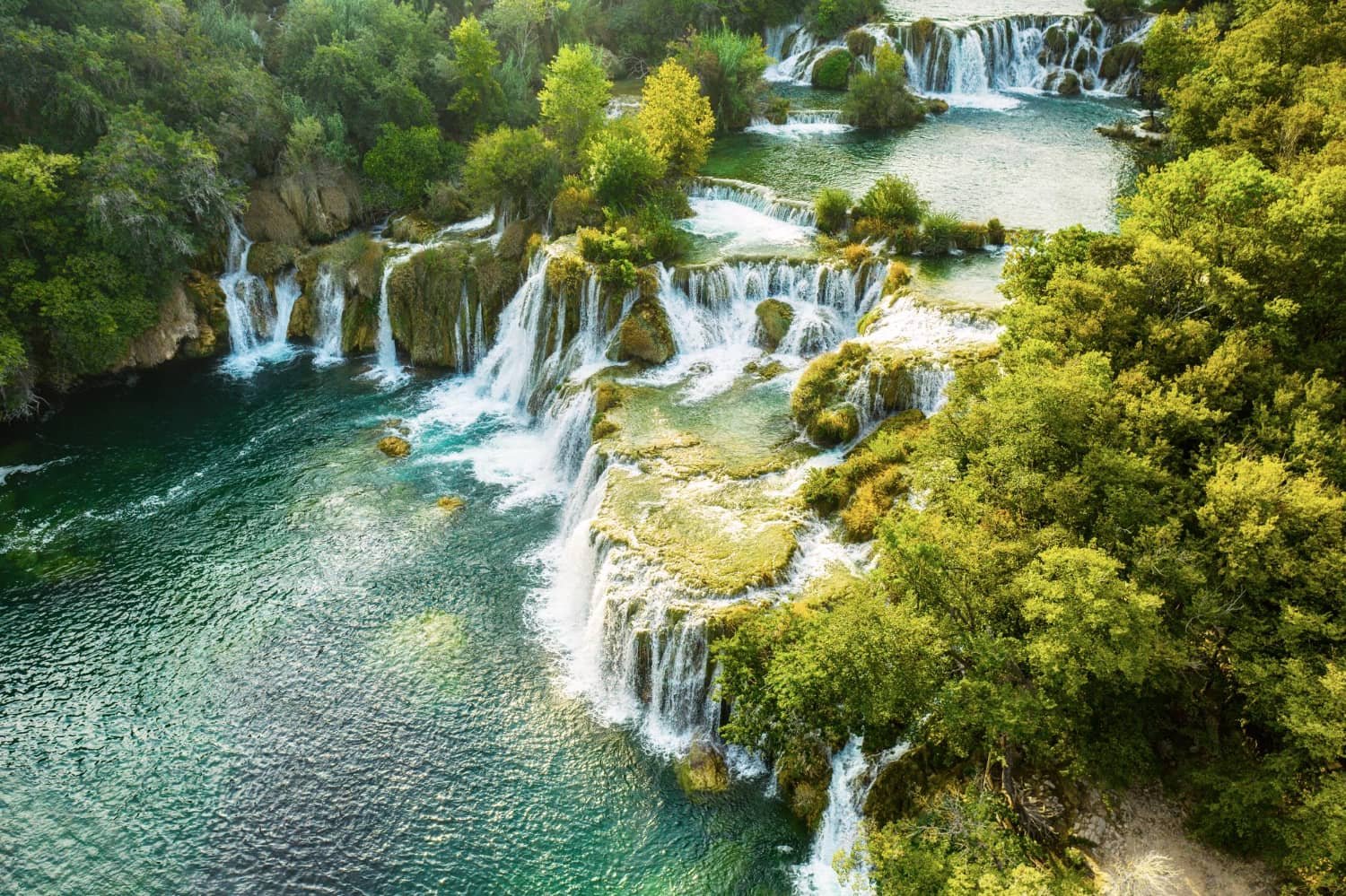From ancient cities and stunning natural landscapes to architectural marvels and archaeological treasures, the UNESCO World Heritage Sites in Croatia offer a glimpse into the nation’s past and present.
These sites, recognized for their outstanding universal value, serve as a testament to Croatia’s significance in the global arena. Join us as we explore some of the most iconic and awe-inspiring destinations that make Croatia a must-visit destination for any traveler or history enthusiast.
UNESCO World Heritage Sites in Croatia
In this article, we will embark on a virtual journey through some of the most remarkable UNESCO World Heritage Sites in Croatia, delving into their history, significance, and allure for travelers worldwide.

Plitvice Lakes National Park
Plitvice Lakes National Park in Croatia is a breathtaking natural wonder that has captivated visitors for centuries. Located in the heart of this Balkan country, the park encompasses 73,350 acres. This national park boasts an awe-inspiring collection of sixteen terraced lakes that cascade into each other through captivating waterfalls interconnected by cascading waterfalls and lush greenery.
Recognized as one of the UNESCO World Heritage Sites in Croatia, Plitvice Lakes National Park offers an unparalleled experience for nature enthusiasts and adventure seekers alike. With its pristine beauty and extraordinary biodiversity, it is no surprise that this protected area has become a must-visit destination for travelers from around the globe. In this article, we will delve into the mesmerizing allure of Plitvice Lakes National Park and explore why it holds such significance as one of Croatia’s most treasured natural landscapes.
The Plitvice Lakes National Park has been shaped by the gradual flow of water over limestone and chalk, forming interconnected lakes, waterfalls, and caves. The surrounding forests provide a habitat for diverse wildlife, including bears, wolves, and numerous endangered bird species.

Historical Complex of Split with the Palace of Diocletian
Croatia, with its rich history and breathtaking landscapes, is home to numerous UNESCO World Heritage Sites that capture the essence of its cultural heritage. Among these remarkable sites stands the Historical Complex of Split with the Palace of Diocletian, a jewel in Croatia’s crown.
Located on the stunning Dalmatian coast, on the eastern shores of the Adriatic Sea, this architectural marvel not only showcases the grandeur of ancient Roman design but also serves as a living testament to centuries of history and civilization. With its inclusion on UNESCO’s prestigious list, the Historical Complex of Split with the Palace of Diocletian has become a must-visit destination for travelers seeking to immerse themselves in Croatia‘s vibrant past while basking in its sun-kissed beauty.

Historic city of Trogir
The historic city of Trogir, located on the central Adriatic coast of Croatia, is a true gem recognized for its outstanding universal value. It has been designated as one of the UNESCO World Heritage Sites in Croatia. Steeped in rich history and cultural significance, Trogir is renowned for its exceptionally well-preserved medieval architecture and captivating blend of Romanesque, Gothic, Renaissance, and Baroque styles.
Nestled on a small island between the mainland and the more oversized island of Čiovo, this enchanting city offers visitors a glimpse into Croatia’s illustrious past while providing endless opportunities to explore its narrow cobblestone streets, picturesque harbor, and magnificent landmarks.
As part of UNESCO since 1997, Trogir’s well-preserved medieval core offers visitors an enchanting journey through time. With its labyrinthine streets, ancient walls, and stunning buildings that showcase various architectural styles spanning over 2,000 years, this picturesque city is a true gem for history enthusiasts and travelers alike. The captivating allure of Trogir continues to be hailed as one of Croatia’s most treasured destinations among the country’s impressive collection of UNESCO World Heritage Sites.

Old City of Dubrovnik
Dubrovnik, the enchanting city on Croatia’s Adriatic coast, is a testament to centuries of rich history and cultural heritage. Within its ancient walls lies the Old City of Dubrovnik, a UNESCO World Heritage Site that captivates visitors from around the globe.
This remarkable destination is renowned for its picturesque beauty, well-preserved medieval architecture, and significant historical importance. As one of the most prominent UNESCO World Heritage Sites in Croatia, the Old City of Dubrovnik offers an immersive experience of a bygone era, inviting travelers to step back in time and explore its fascinating past.
Dubrovnik flourished as a Maritime Republic in the Middle Ages, emerging as the sole city-state in the eastern Adriatic region that could compete with Venice. With its abundant resources and adept diplomacy, Dubrovnik attained an impressive stage of advancement, especially in the 15th and 16th centuries. This historical significance has led to its inclusion as a part of the UNESCO World Heritage sites in Croatia.

Episcopal Complex of the Euphrasian Basilica in the Historic Centre of Poreč
The Episcopal Complex of the Euphrasian Basilica, located in the historic center of Poreč, Croatia, is an enchanting UNESCO World Heritage Site that takes visitors on a journey through time. Steeped in history and architectural marvels, this complex is a testament to the region’s rich cultural heritage and religious significance.
Dating back to the Byzantine era, this remarkable site encompasses several structures, including the basilica, baptistery, episcopal palace, and bell tower. With its well-preserved mosaics and stunning architectural features, the Episcopal Complex of the Euphrasian Basilica offers a unique glimpse into Croatia’s past and continues to captivate travelers worldwide.

Šibenik Cathedral of St James
The Šibenik Cathedral of St James, located in the picturesque town of Šibenik, Croatia, is a magnificent testament to medieval architecture and craftsmanship. This iconic cathedral holds a special place in the hearts of locals and tourists alike for its stunning beauty and rich historical significance.
As one of the UNESCO World Heritage Sites in Croatia, it stands as a symbol of the country’s cultural heritage. It attracts visitors worldwide who marvel at its architectural splendor and learn about its fascinating history. Join us on a journey through time as we explore the captivating story behind this remarkable monument.
The cathedral, classified as one of the UNESCO World Heritage sites in Croatia, is an essential example of Renaissance architecture in the eastern Adriatic. It features a triple-nave basilica design with three apses and a dome that reaches a height of 32 meters (105 ft) on the inside.

Stari Grad Plain
The Stari Grad Plain, a UNESCO World Heritage site in Croatia, was established by ancient Greek colonists around 2400 years ago. Despite the passage of time, this agricultural landscape remains essentially unchanged and has been meticulously maintained, including preserving its original stone walls.
This plain, dating back to ancient times, is known for its well-preserved landscape and historical significance. As one of Europe’s oldest continuously cultivated areas, it offers a glimpse into the agricultural practices of the ancient Greeks and Romans who inhabited the area centuries ago. With its breathtaking beauty and historical importance, the Stari Grad Plain is a testament to human ingenuity and connection with nature throughout the ages.
Stećci Medieval Tombstones Graveyards
The medieval tombstones graveyards of Steci are located in Dubravka and Cista Velika. With their enigmatic beauty and historical significance, these tombstones offer a glimpse into Croatia’s past and serve as a testament to the unique artistic expression of its people. This article explores the importance of Steci tombstone graveyards as UNESCO World Heritage Sites in Croatia, shedding light on their intricate design, cultural significance, and the efforts to preserve them for future generations to appreciate and admire.
These monolithic stone monuments were discovered in present-day Bosnia and Herzegovina, certain areas of Serbia, and Montenegro. These remarkable structures emerged during the 12th century and reached their pinnacle during the 14th and 15th centuries.

Venetian Works of defense between 15th and 17th centuries
Located in Croatia, the Venetian works of defense between the 15th and 17th centuries in Zadar and Šibenik are a testament to these coastal cities’ rich cultural heritage and strategic importance. Designated as UNESCO World Heritage Sites, these fortifications showcase the architectural prowess of the Venetians during their rule over this region.
With their intricate designs, innovative defensive systems, and strategic locations overlooking the Adriatic Sea, these defense works served as crucial protection against foreign invasions while reflecting their time’s artistic and technological advancements. These remarkable structures’ historical significance and unique features continue to captivate visitors worldwide.
These structures encompass six defense works in Italy, Croatia, and Montenegro and stretch over 1,000 kilometers from the Lombard region of Italy to the eastern Adriatic Coast. The advancement of gunpowder brought about notable changes in military strategies and architectural designs.

Primeval Beech Forests of the Carpathians and Other Regions of Europe
The Primeval Beech Forests of the Carpathians, spread across various regions in Europe, are a testament to the continent’s rich natural heritage. These ancient woodlands have been designated as UNESCO World Heritage Sites for their outstanding universal value and unparalleled biodiversity. Croatia, which boasts its collection of primeval beech forests, is among the countries that proudly host these pristine forests.




